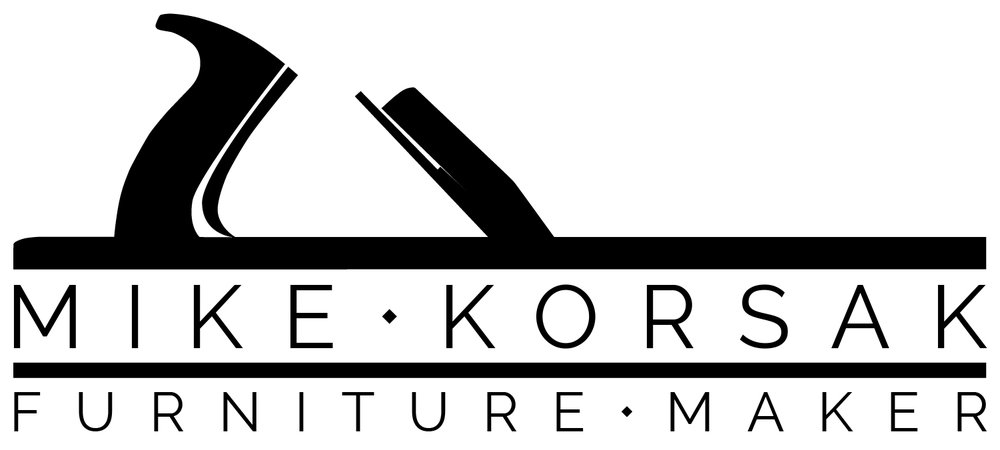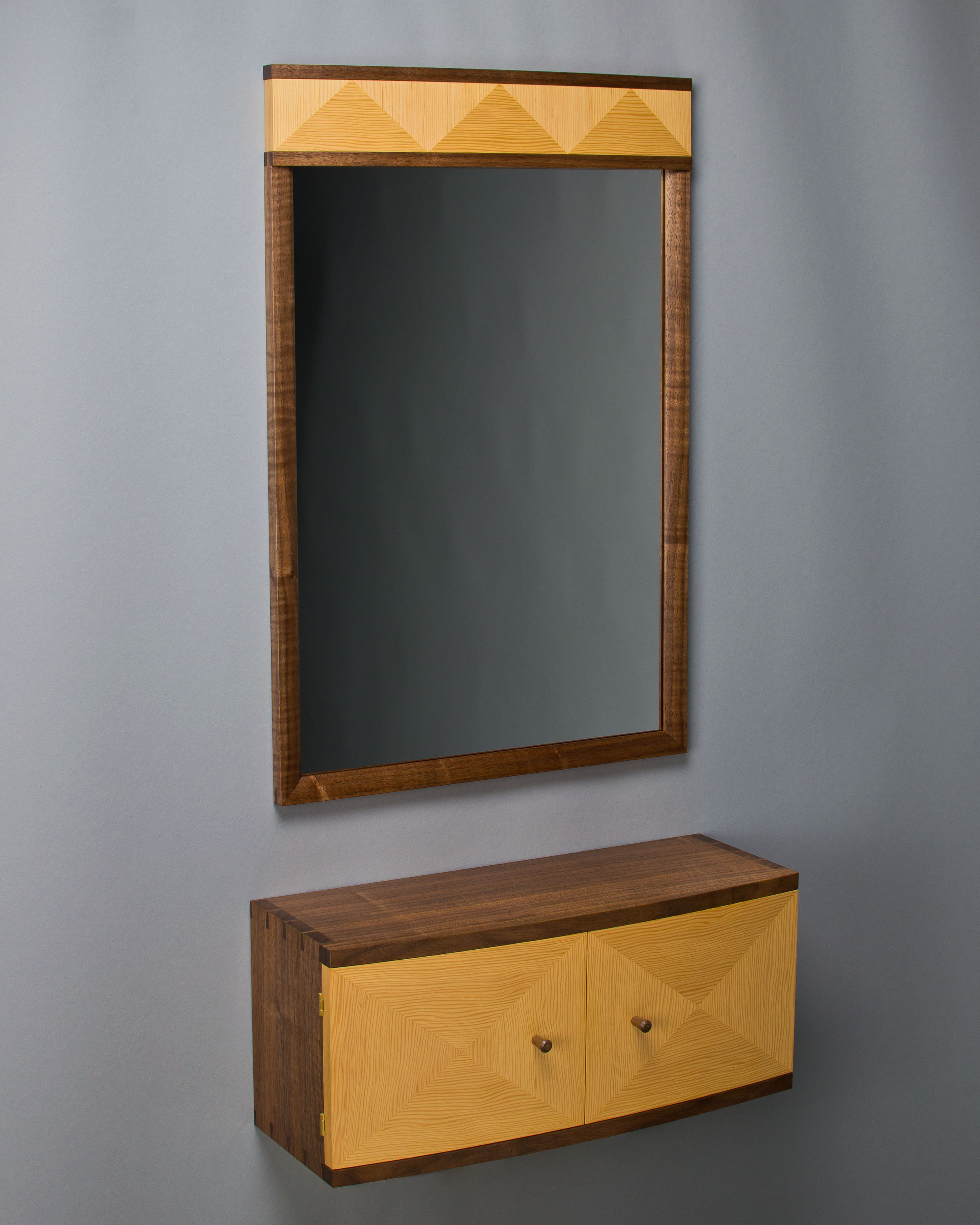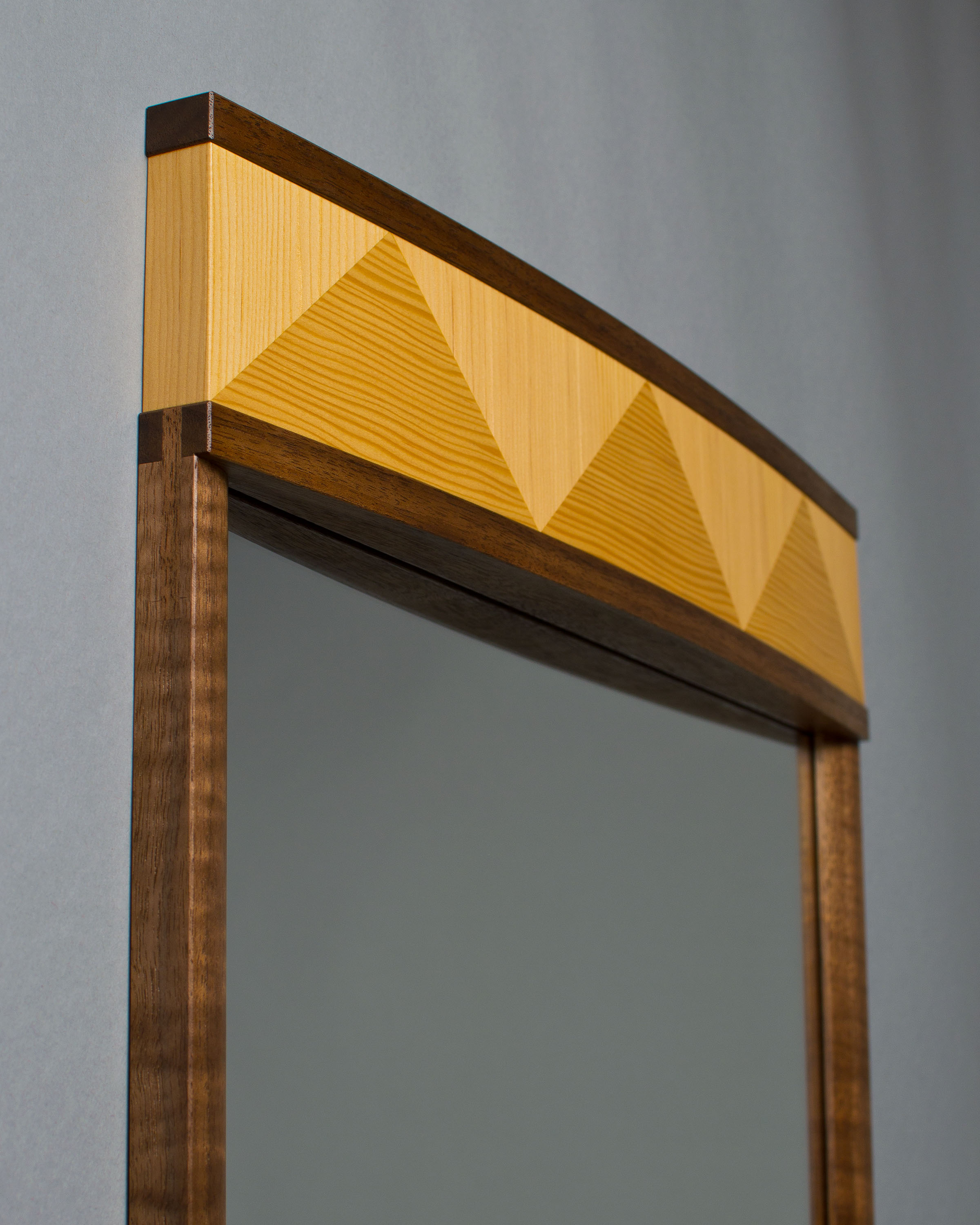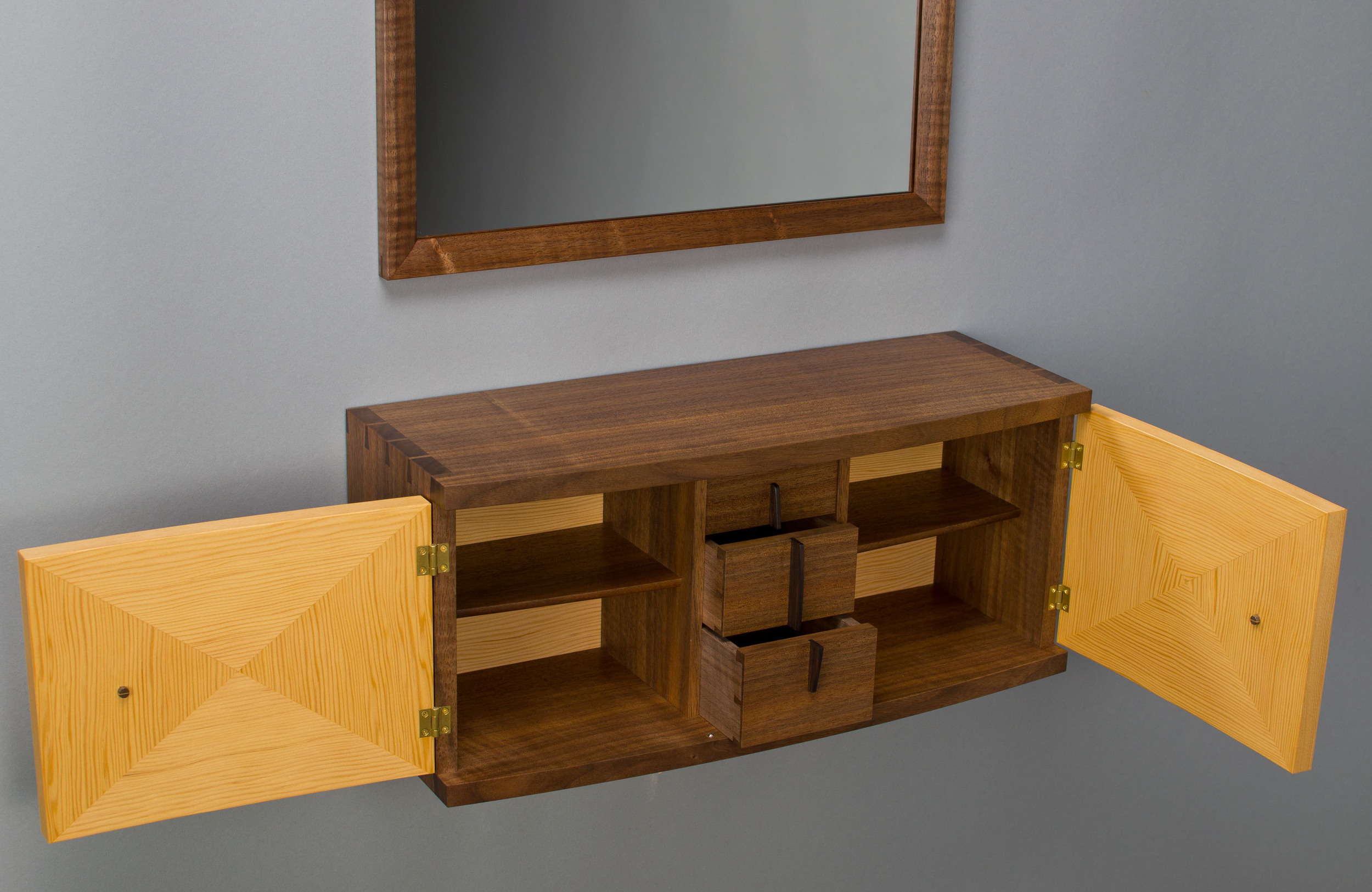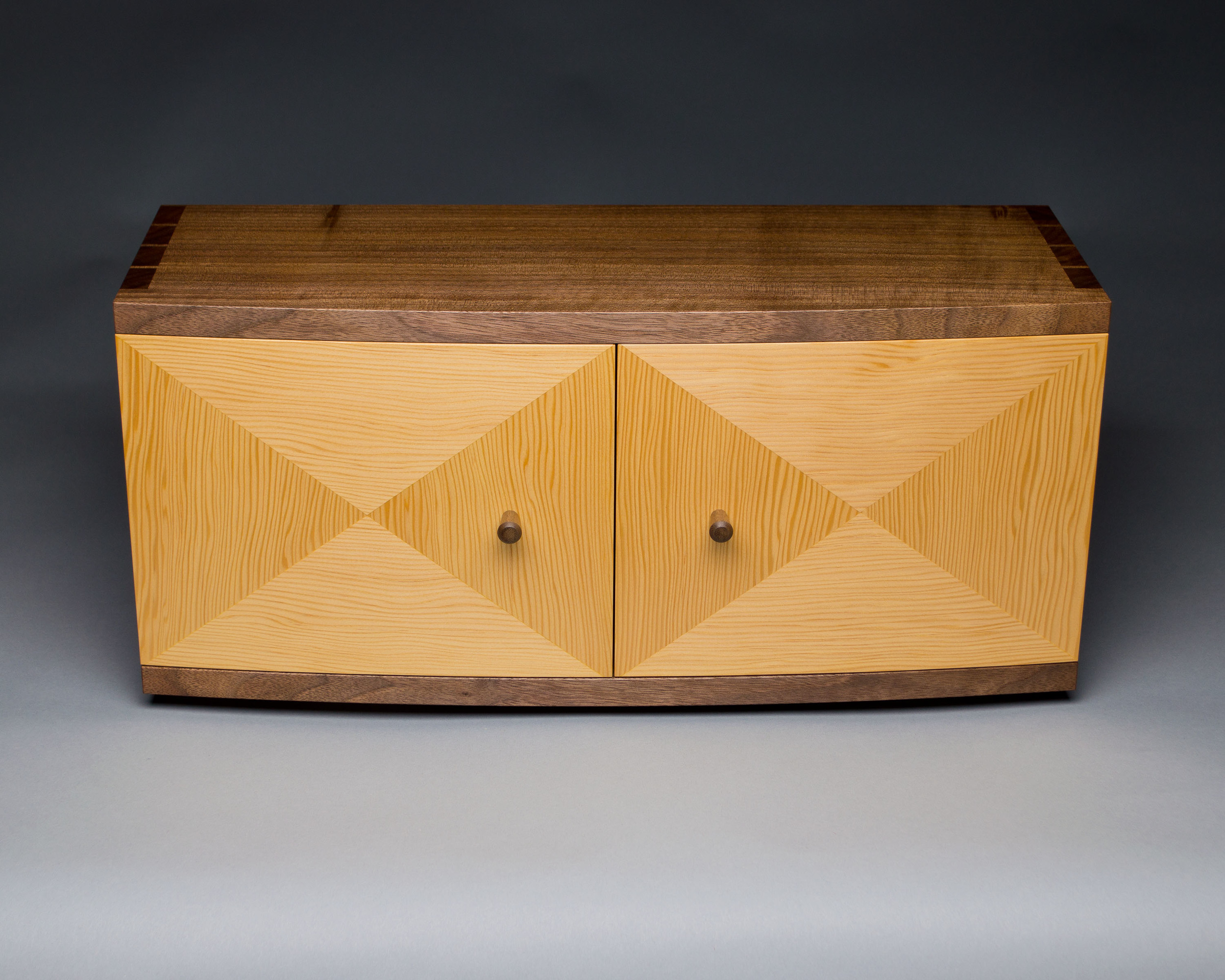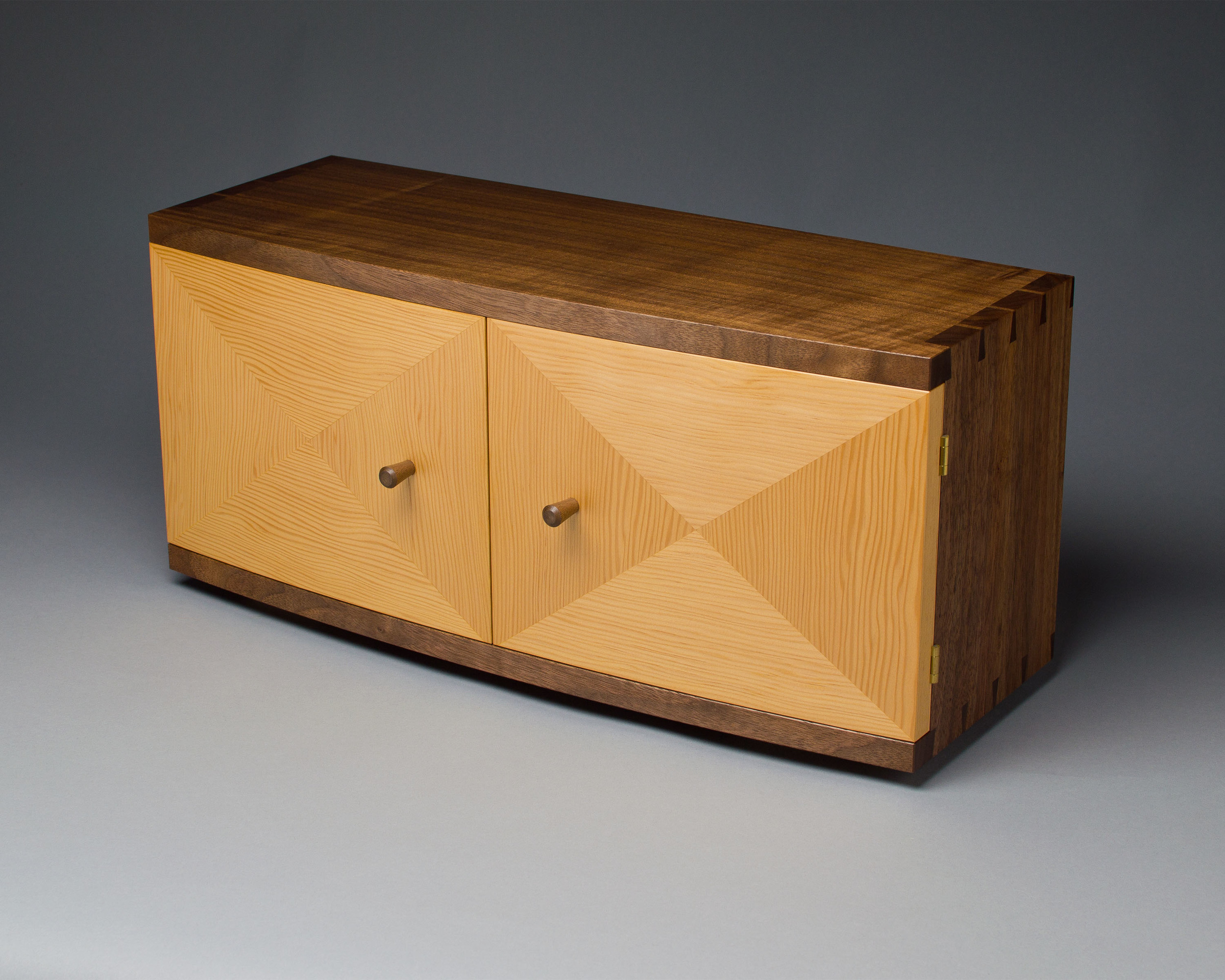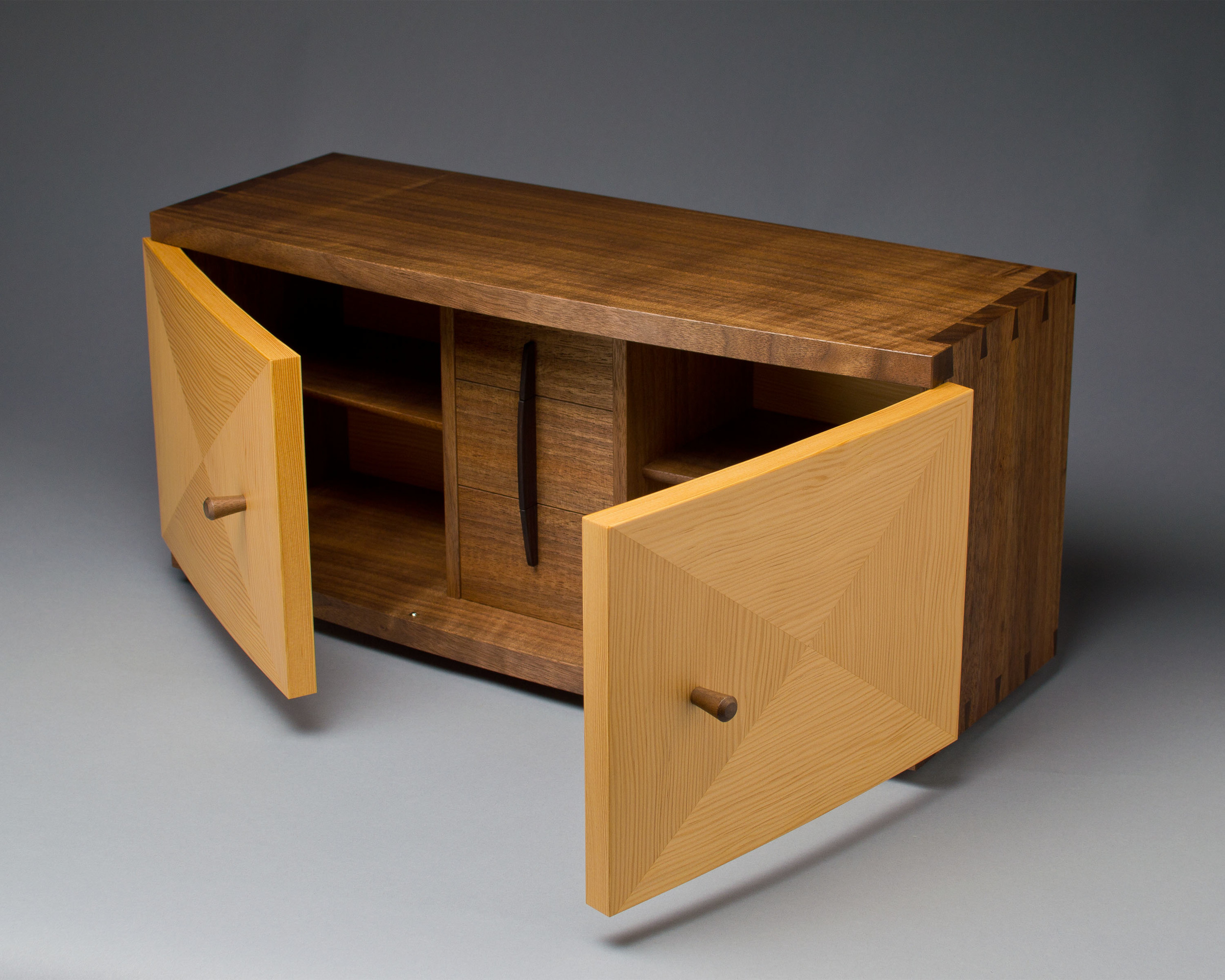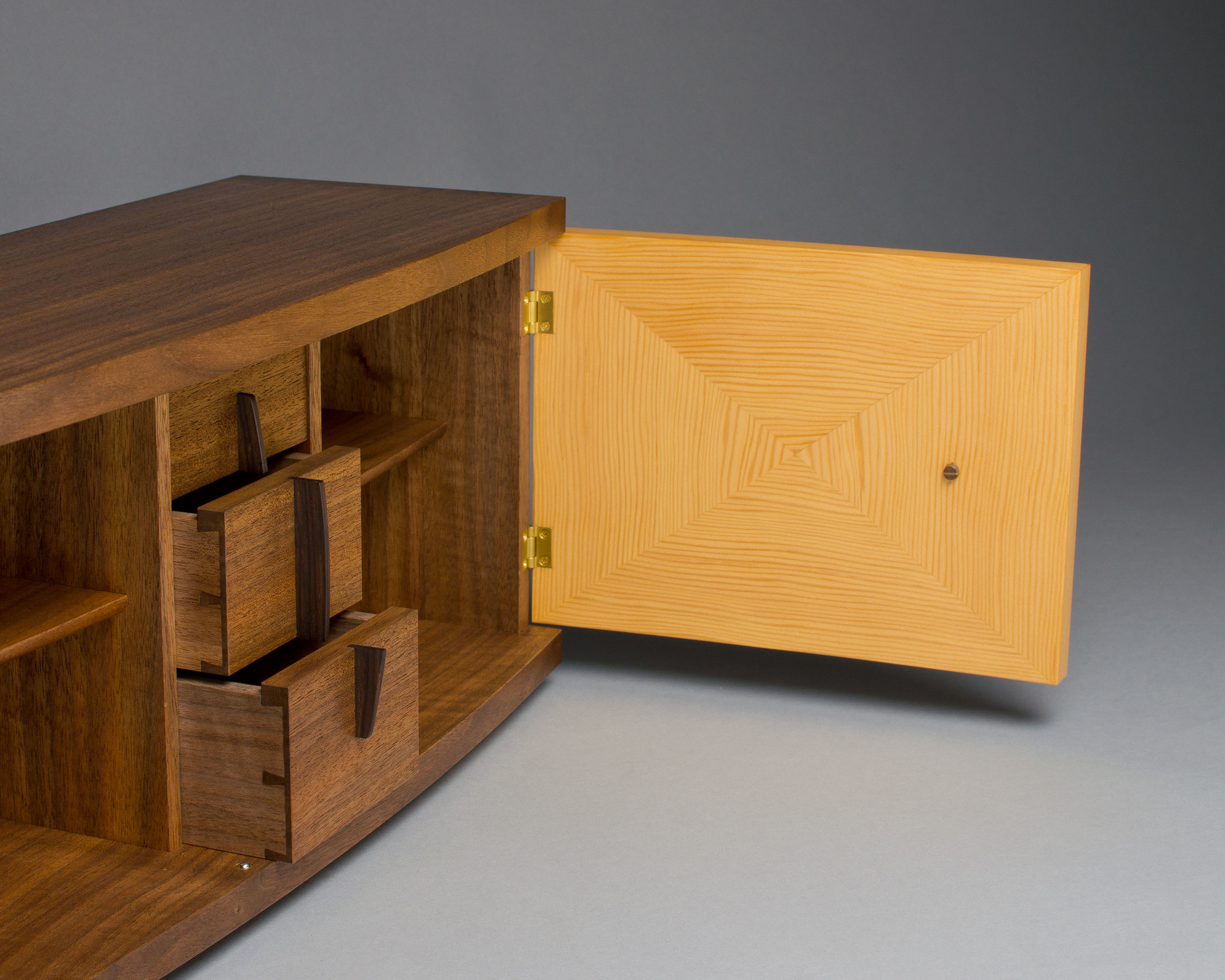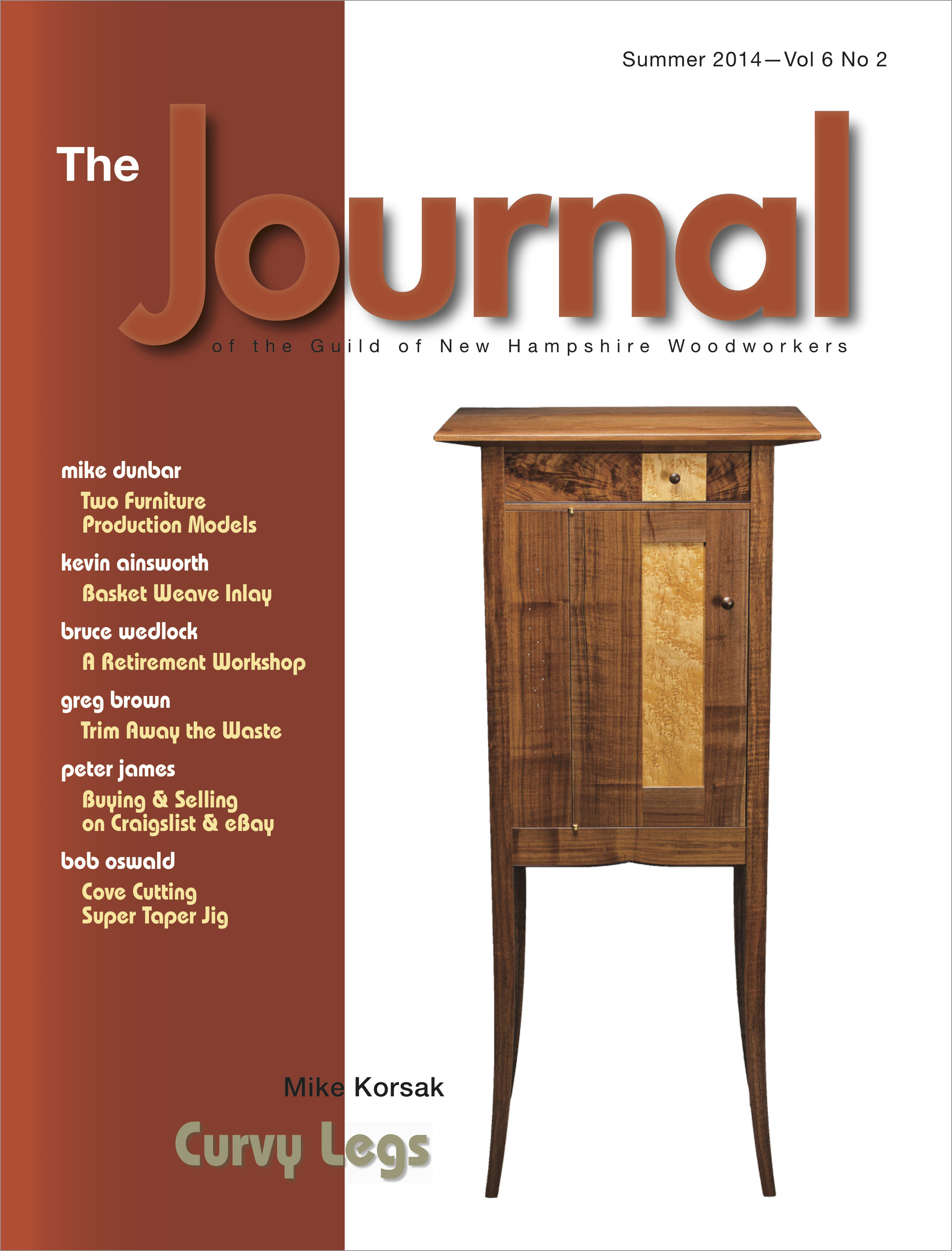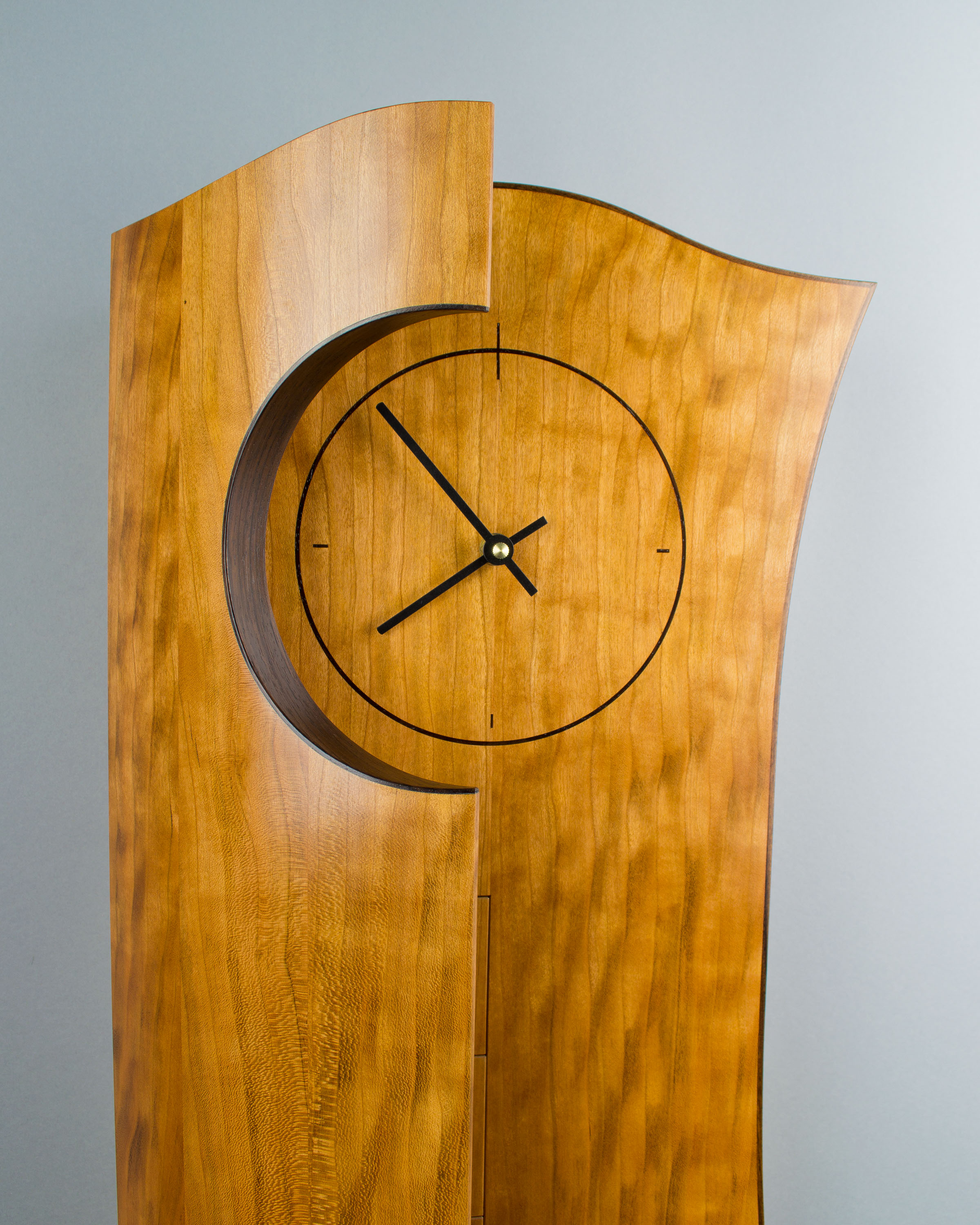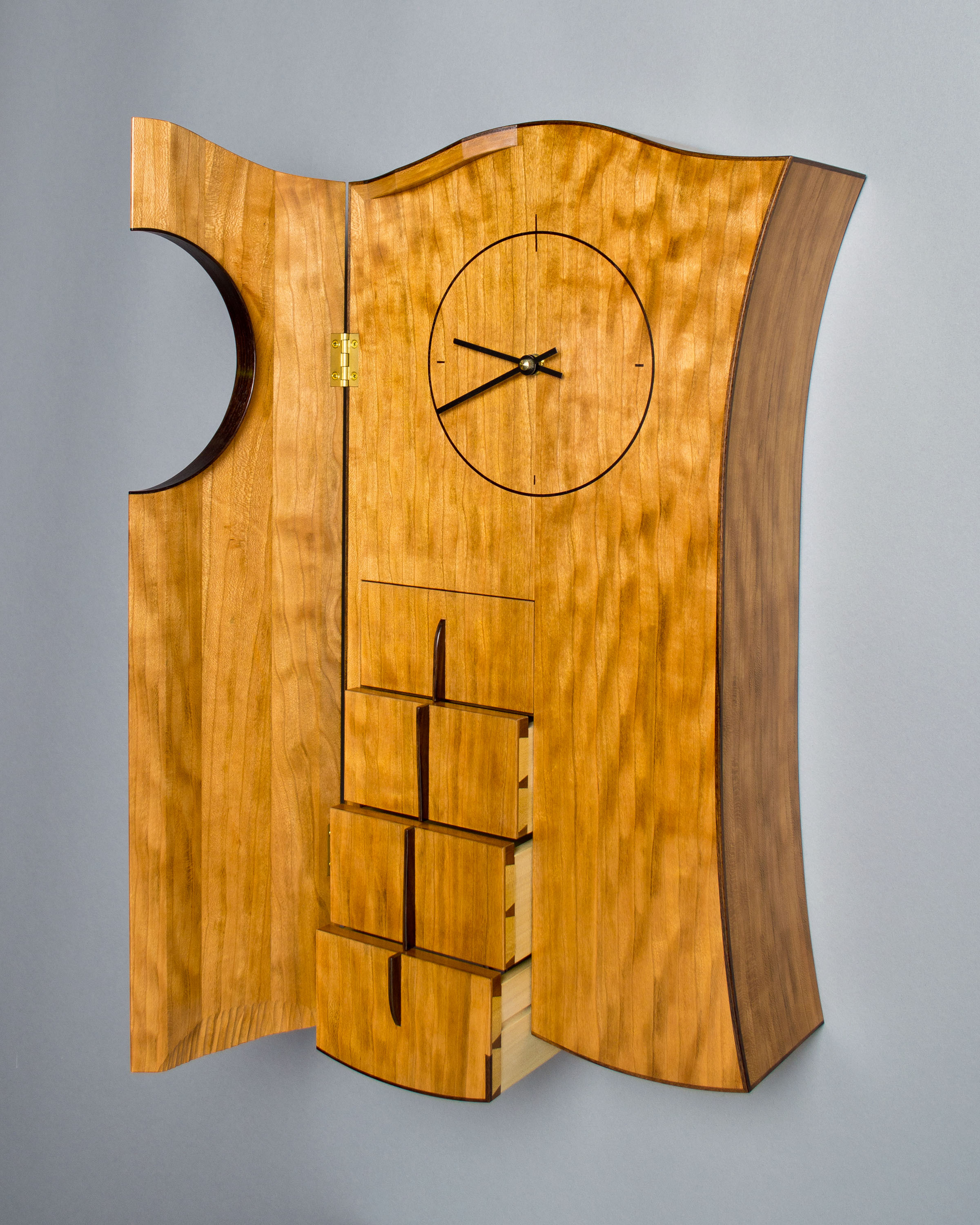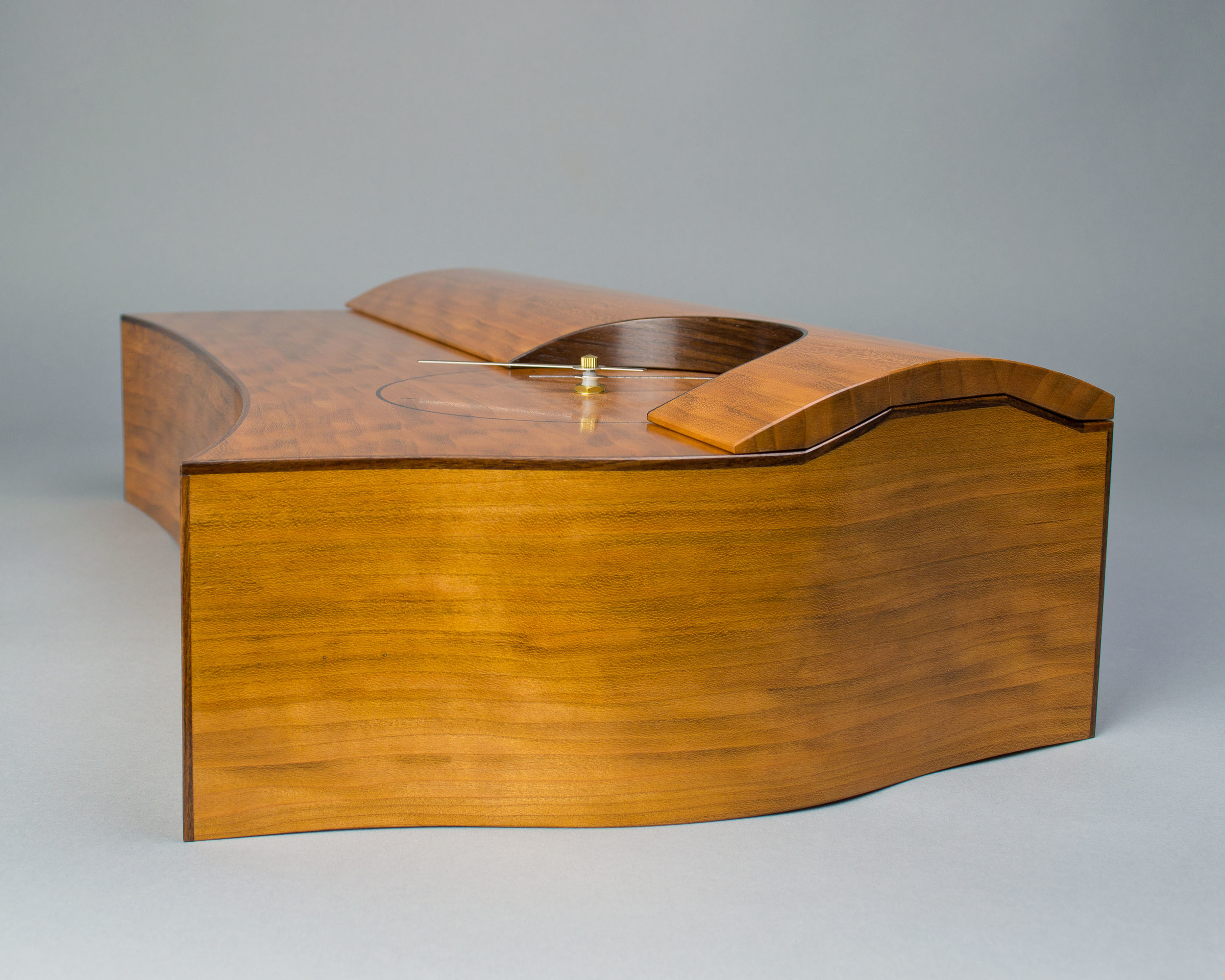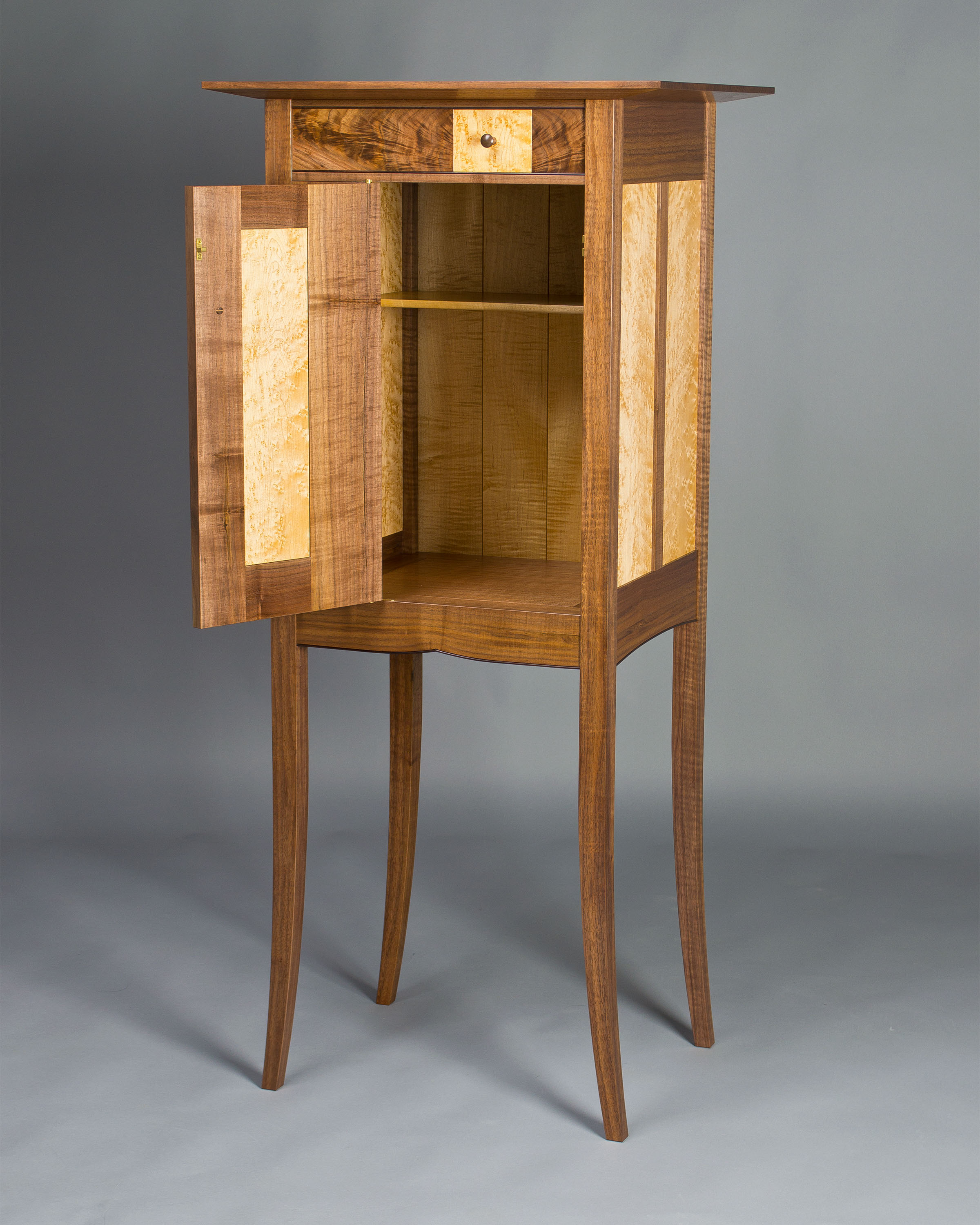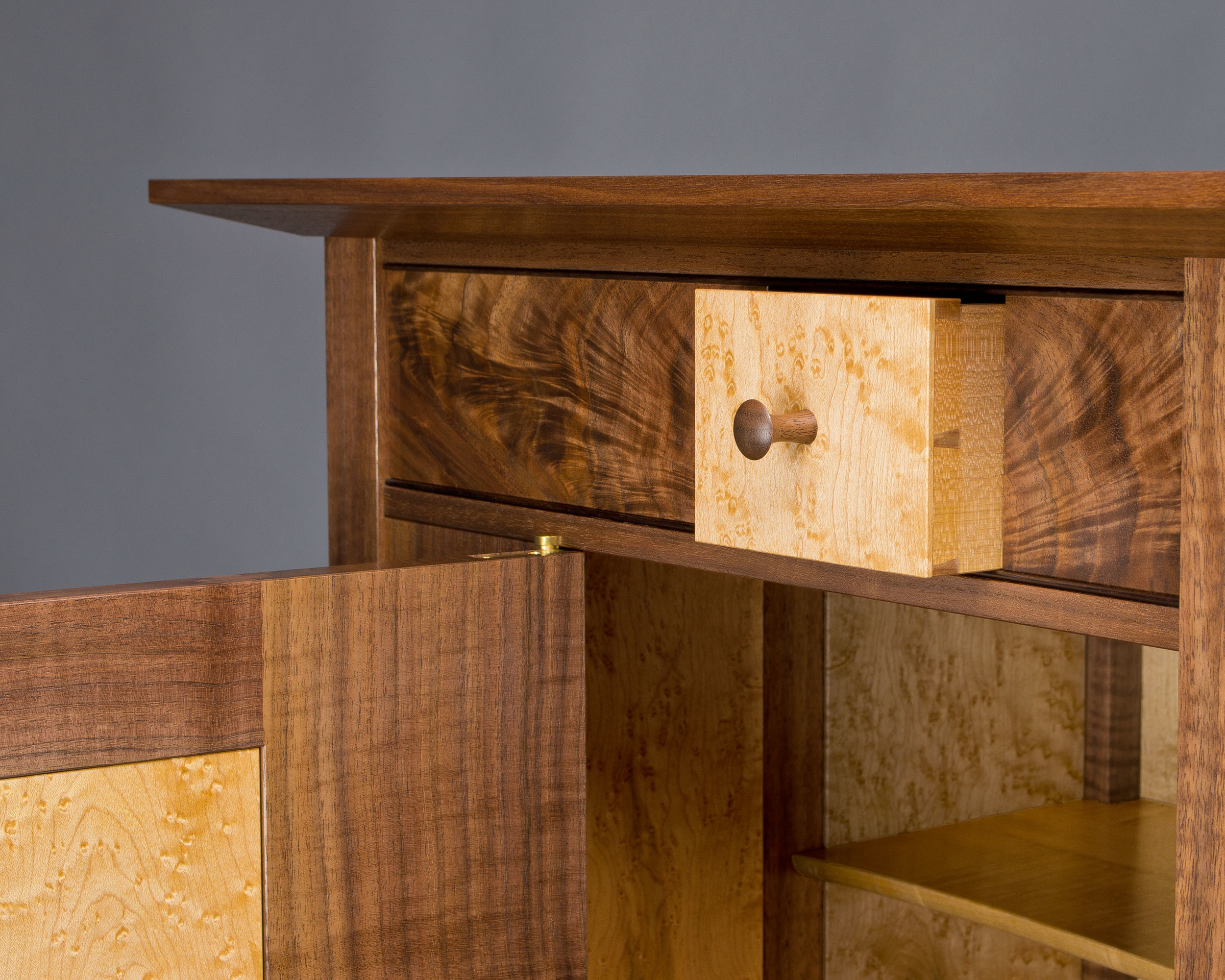I'm not sure if it is out in stores yet, but for those of you who subscribe to Fine Woodworking magazine (as I do), you may have noticed that one of my pieces was included in the February 2015 issue. The piece, 60th Sideboard, is part of the Reader's Gallery section of the magazine.
How this piece came to be featured in the magazine was particularly gratifying in that Fine Woodworking magazine, or rather a person from the magazine, contacted me and asked if I would consider letting them use this piece in the Reader's Gallery. Typically, one would submit work unsolicited, but the fact that my work was sought out by such a well known magazine was...well...pretty fine.
If you don't get the chance to see the print version (which I'd recommend as it's sexier than the online version), here's a link to the online version at Fine Woodworking's website, which includes the short write-up.
